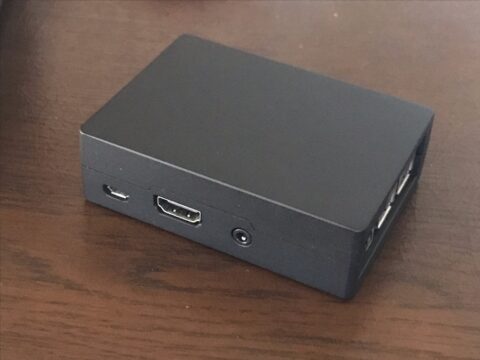MTAへ激しく攻撃されっぱなしで,止めるというのはなんか残念な気もしますが,今sendmailが本来のメール送受信のために動くのは日に2回+不定期的なWordpressからのupdate案内しかなく,それに対して日に千回近い攻撃にさらすのはバカバカしくもあります.
先に書きましたように,攻撃による実害はあまり大したことはないのですが,iptablesでDROPするipアドレスを約1万個登録してあってこれがRaspberry Piの貴重な実メモリーに展開されているのが一番バカバカしいです.
sendmailとは長い付き合いでした.使い始めた1990年代半ばには,ほとんどのLinux distroに標準でついていて,デフォルトで動くような設定だったと思います.
自前でメーリングリスト(ML)を立ち上げるのに使ったり,またアマチュア無線のパケット通信のメールのゲートウェーにも使ったりしていました.
その後SPAMが社会問題化して,個人の動かしているsendmailをはじめとしたMTAからのメール送信を受け付けるサイトがほとんどなくなりました.MLも自分で動かしていると,サーバーがダウンしたりメンテする時にやっかいなので,もうずいぶん前に大手IT会社のサービスに移行しました.
あと,自前のMTAの大きなメリットは,メールアドレスを好きなだけ作れるということです.怪しいサイトや,有名だけど関わりたくない会社のサイトにアカウントをとりあえず作る時に,
適当な名前@ホスト.ドメイン
の形で作ったメールアドレスをIDとして使用します. “適当な名前” はそれこそなんでもいいので無数に作れます.確認メールの受信などの用が済んだらIDを消すか,/dev/nullに転送するようにすればよいです.
これも,使い捨てメールアカウントを提供するサービスでたいてい足りますが,自前でできるというのがミソでした.
現在受信しているメールは,一つは手動で,もう一つは自動的にメールが発せられ,それを大手IT会社を経由してこちらのsendmailが受けていますが,これらもあえて自前のMTAを介する必要はなく,生存確認のためのようなもんです
ということで,1日に2通のメールを受けるため,何百何千の攻撃を避ける運用を続けながらおよぞ30年の長きにわたり使用してきたsendmailを近々止めることにします.
現在は大手IT会社数社に認証したうえでメールを送り出しています.
技術的に面倒だろうと現時点で考えられるのはWordpressが不定期的に発するメールをどうやって外に出すかということです.

